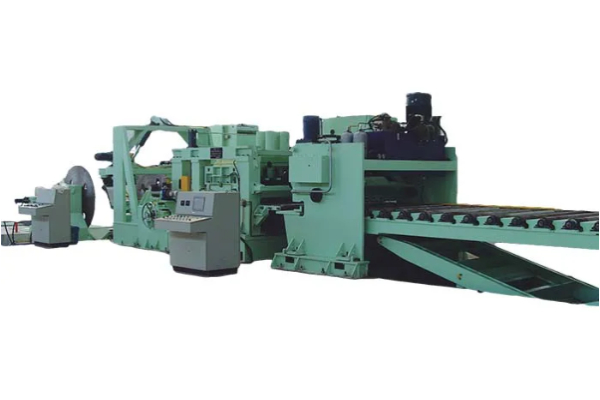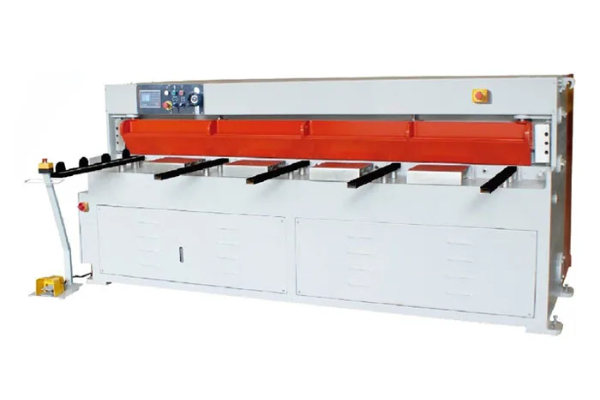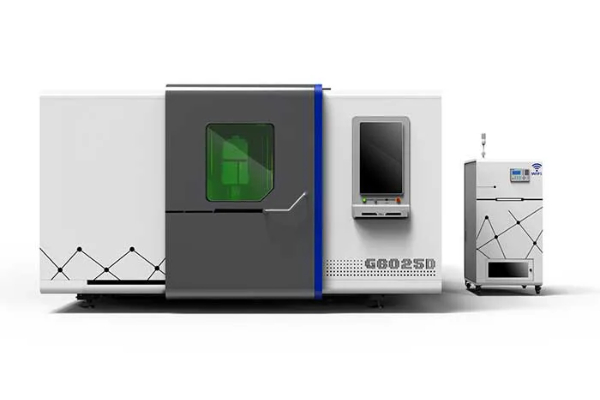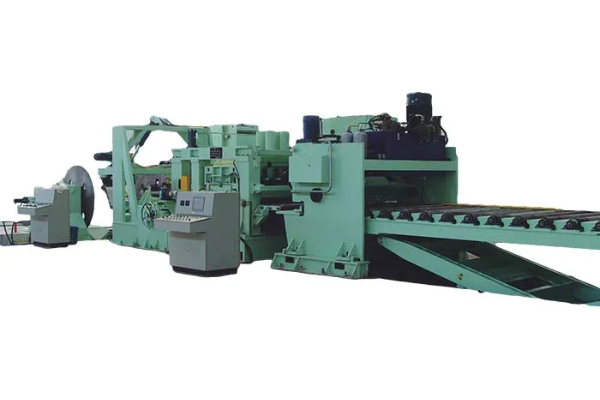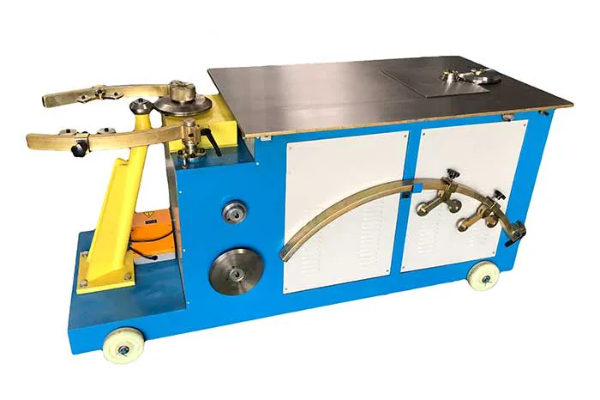
Safety Protocols for Operating Round Duct Machines
- By:Metmac
- 2024-05-06
- 319
Round duct machines are powerful tools used in the construction and maintenance of heating, ventilation, and air conditioning (HVAC) systems. However, the operation of these machines poses inherent safety hazards that require strict adherence to safety protocols. The Safety Protocols for Operating Round Duct Machines establish a comprehensive set of guidelines and procedures designed to minimize risks and ensure the safety of operators.
Proper Personal Protective Equipment (PPE)
Safety glasses: Protect the eyes from flying debris, dust, and sparks.
Earplugs or ear muffs: Reduce noise levels and prevent hearing loss.
Safety gloves: Shield hands from sharp edges, moving parts, and hot surfaces.
Steel-toe boots: Protect feet from falling objects and crush injuries.
Overalls or work uniforms: Cover exposed skin and protect clothing from heat and sparks.
Machine Inspection and Setup
Thoroughly inspect the machine: Check for any damage, loose parts, or missing components before operation.
Securely mount the machine: Ensure the machine is stable and not prone to tipping or moving.
Properly adjust the dies: Set the dies to the correct size and shape for the ductwork being produced.
Clear the work area: Remove any obstacles or clutter that could interfere with machine operation or create a tripping hazard.
Material Handling and Feeding
Wear gloves when handling sheet metal: Protect hands from sharp edges.
Use appropriate material lifts or hoists: Avoid manual lifting of heavy sheets to reduce strain and potential injuries.
Properly insert sheet metal into the machine: Follow the manufacturer’s instructions for correct feeding and alignment.
Monitor the material feed: Ensure the sheet metal is fed smoothly and without jamming or obstruction.
Machine Operation
Stand clear of the machine: Operators should maintain a safe distance from moving parts and potential pinch points.
Use safety shields and guards: Protect operators from flying debris and rotating parts.
Never reach into the machine while it is running: Wait until the machine has completely stopped before making any adjustments or retrieving material.
Operate the machine at a safe speed: Avoid exceeding the recommended speeds to prevent accidents due to excessive vibration or part failure.
Machine Maintenance and Housekeeping
Regularly inspect and clean the machine: Remove debris, dust, and oil to maintain optimal performance and reduce fire hazards.
Lubricate moving parts as per manufacturer’s instructions: Ensure smooth operation and prevent premature wear and tear.
Keep the work area clean and organized: Remove waste materials, tools, and equipment to prevent tripping or slipping hazards.
Training and Supervision
Thorough operator training: Ensure all operators are fully trained in the safe operation and maintenance of the round duct machine.
Regular supervision: Supervise operators to ensure adherence to safety protocols and address any unsafe practices or conditions promptly.
Refresher training and safety meetings: Conduct periodic training sessions and safety meetings to reinforce best practices and address any new safety concerns.
-
Advanced Sheet Metal Rolling, Cutting, and Folding Machines for Efficient Fabrication
2025/10/22 -
High-Precision Sheet Metal Bending and Cutting Solutions for Modern Manufacturing
2025/10/22 -
High-Precision Solutions from Leading Sheet Metal Cutting Machine Manufacturers
2025/09/11 -
Reliable Sheet Metal Equipment for Sale to Support Precision Fabrication
2025/07/17
-
Advanced Sheet Metal Rolling, Laser Cutting, and Folding Machines for Precision Fabrication
2025/10/31 -
High-Performance Sheet Metal Bending and Cutting Machines for Modern Fabrication
2025/10/31 -
High-Quality Sheet Metal Equipment for Sale: Efficient Solutions for Modern Manufacturing
2025/10/31 -
High-Performance Sheet Metal Equipment for Sale: Forming and Shearing Solutions for Modern Fabrication
2025/10/22
-
A Guide to the Latest Innovations in Sheet Metal Folding Machines
2024/11/29 -
Key Features to Consider When Investing in a Sheet Metal Folding Machine
2024/11/28 -
Enhancing Precision with Advanced Sheet Metal Folding Machines
2024/11/27 -
How to Choose the Right Sheet Metal Folding Machine for Your Workshop
2024/11/26
